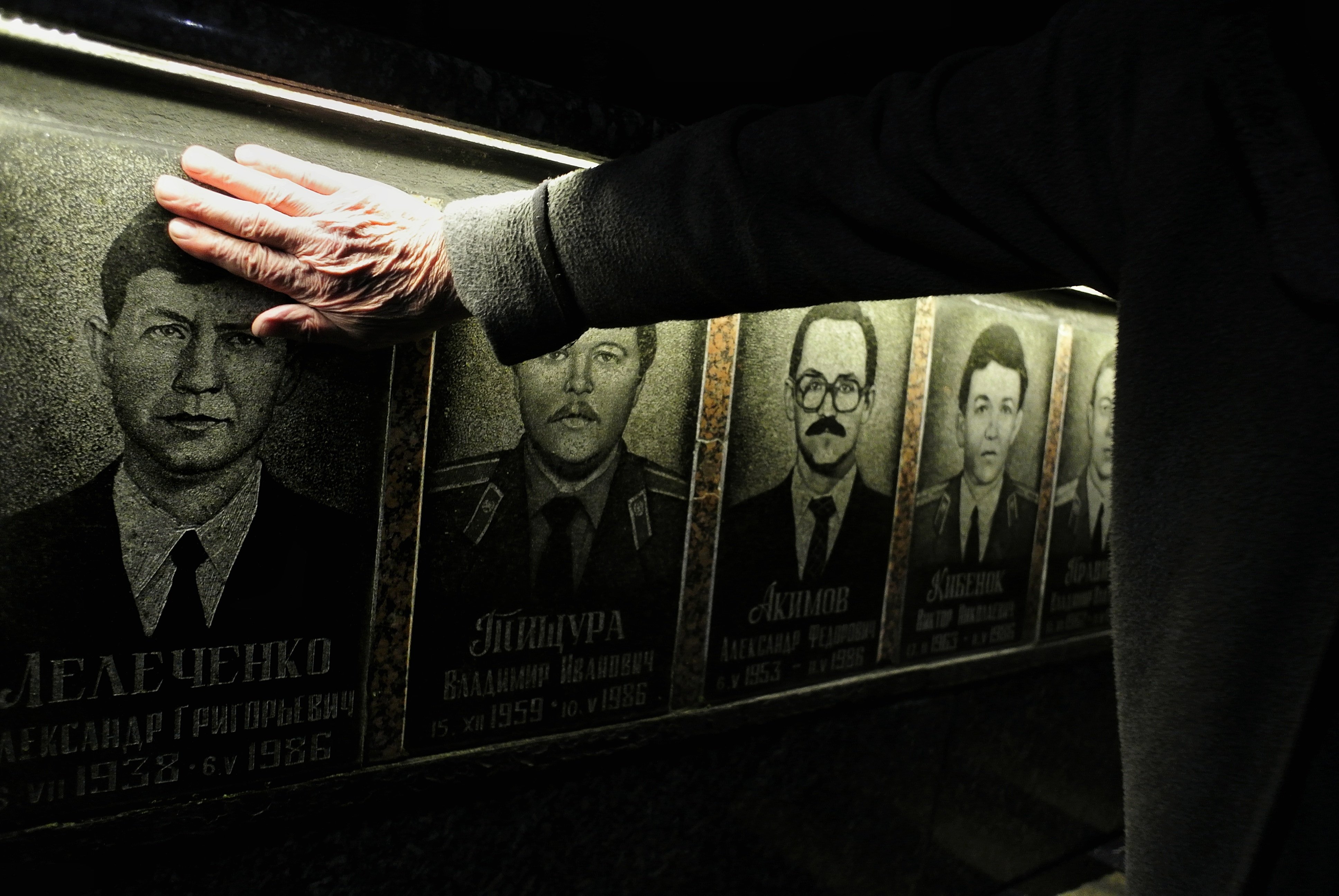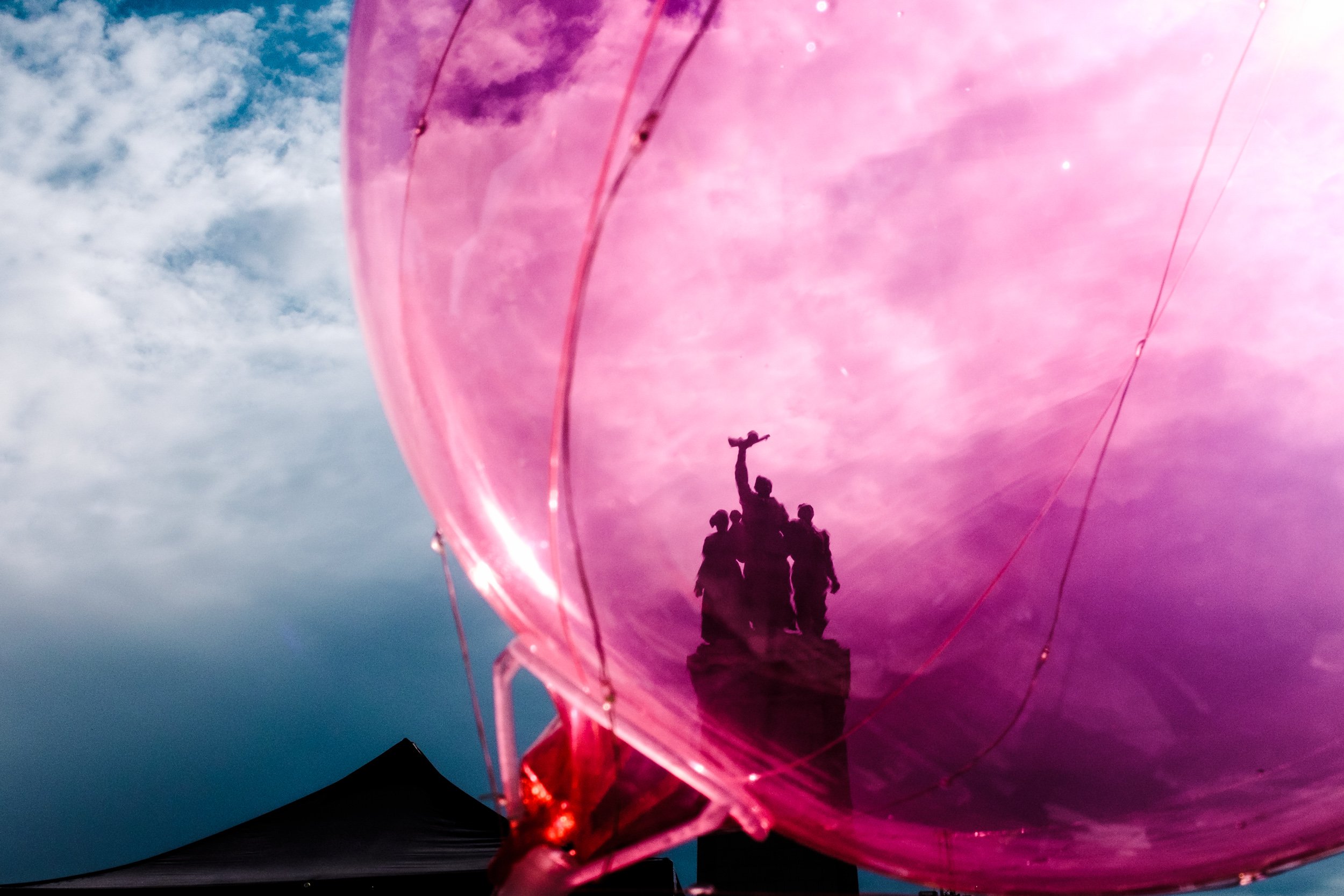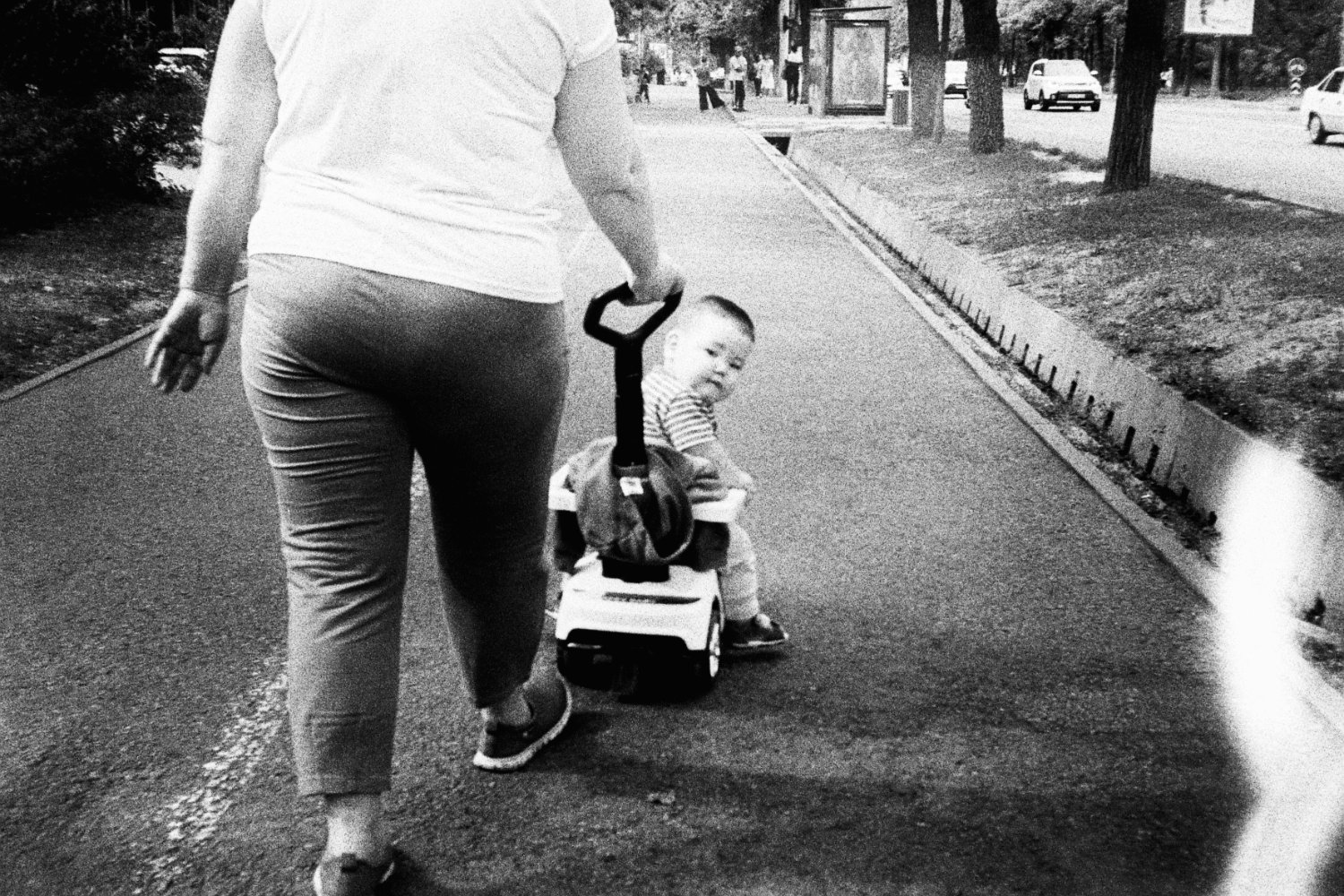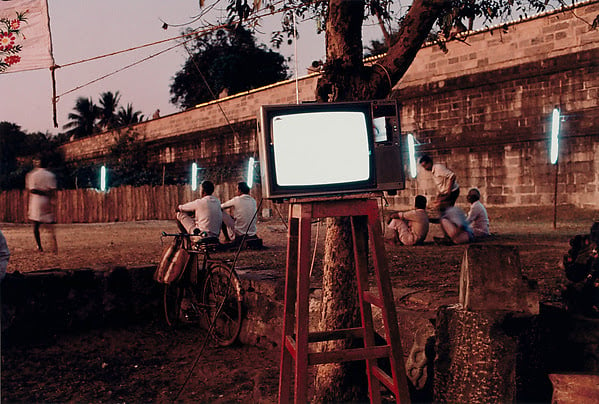Street photography
541 readers
11 users here now
A community for appreciation and discussion of street and documentary photography.
founded 1 year ago
MODERATORS
1
2
3
4
5
6
7
8
9
10
11
12
13
14
15
16
17
18
19
20
21
22
23
24
25
view more: next ›





















